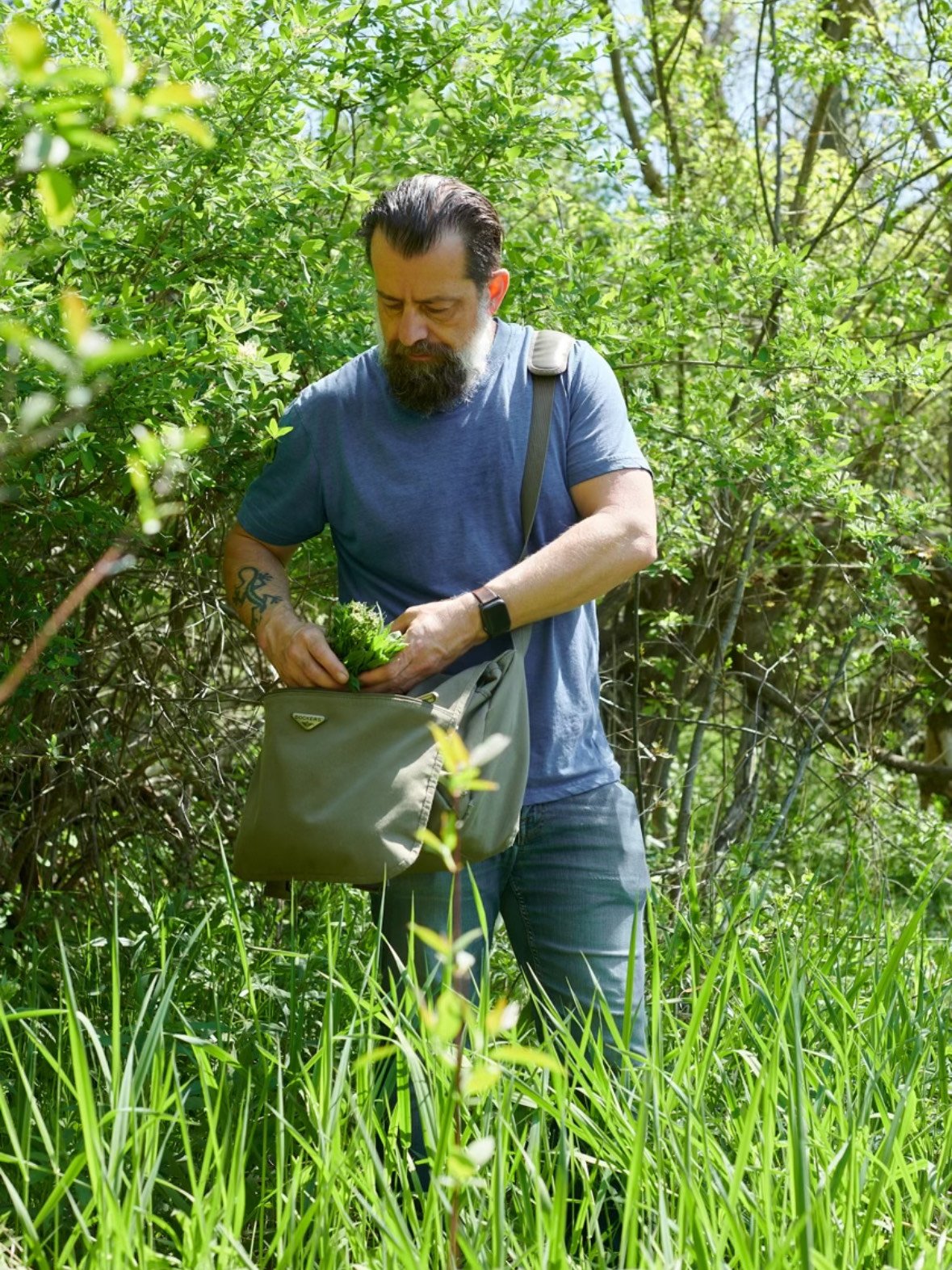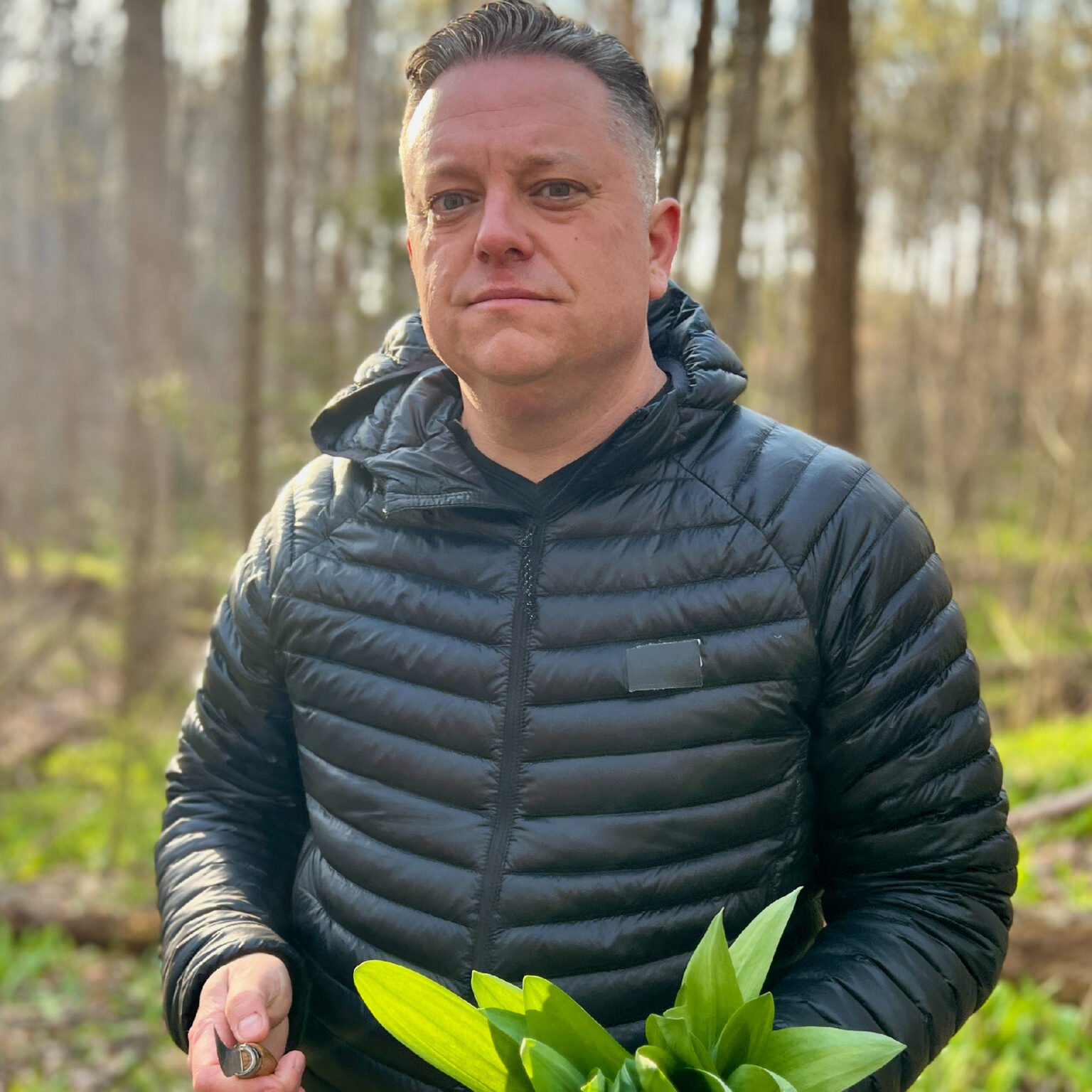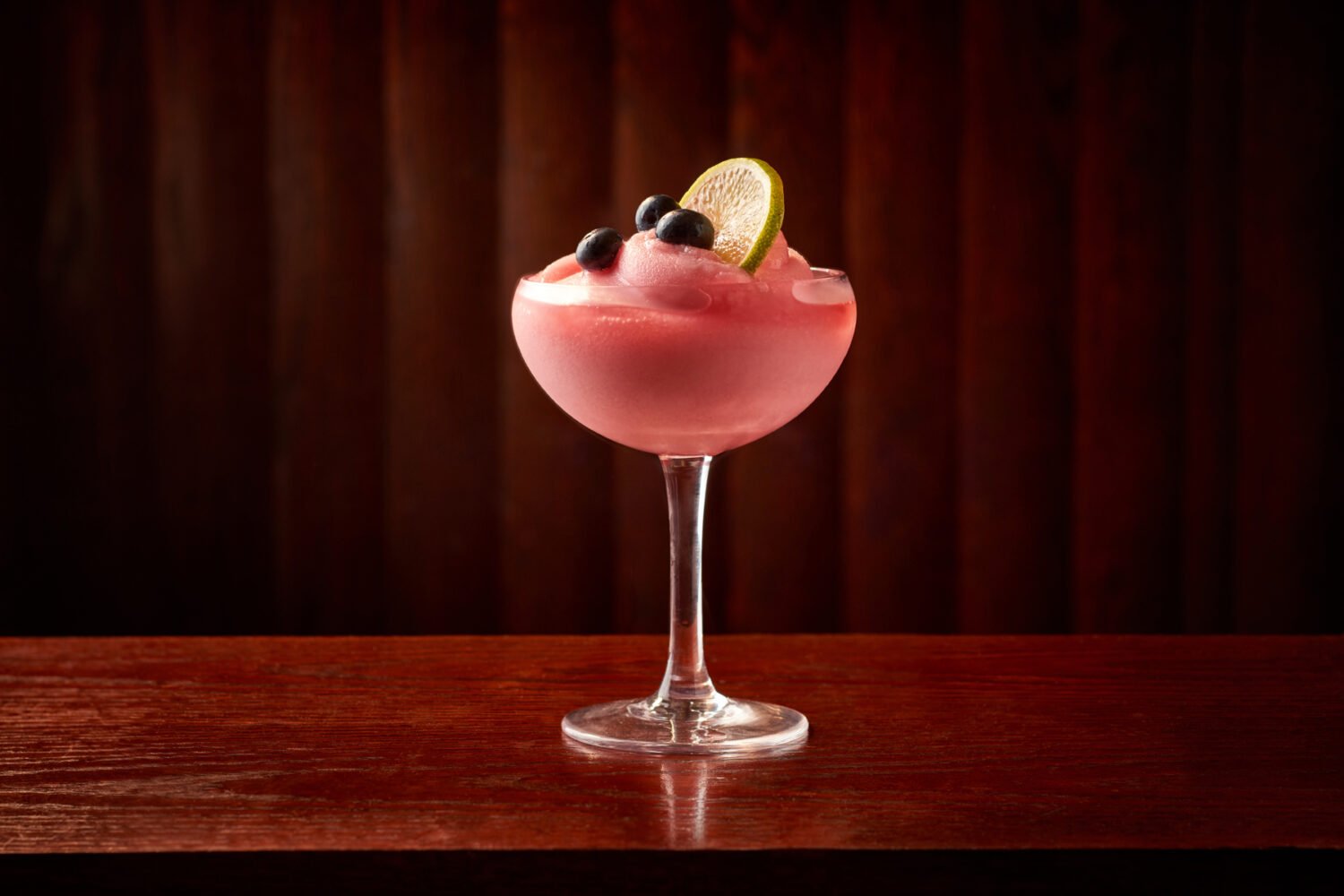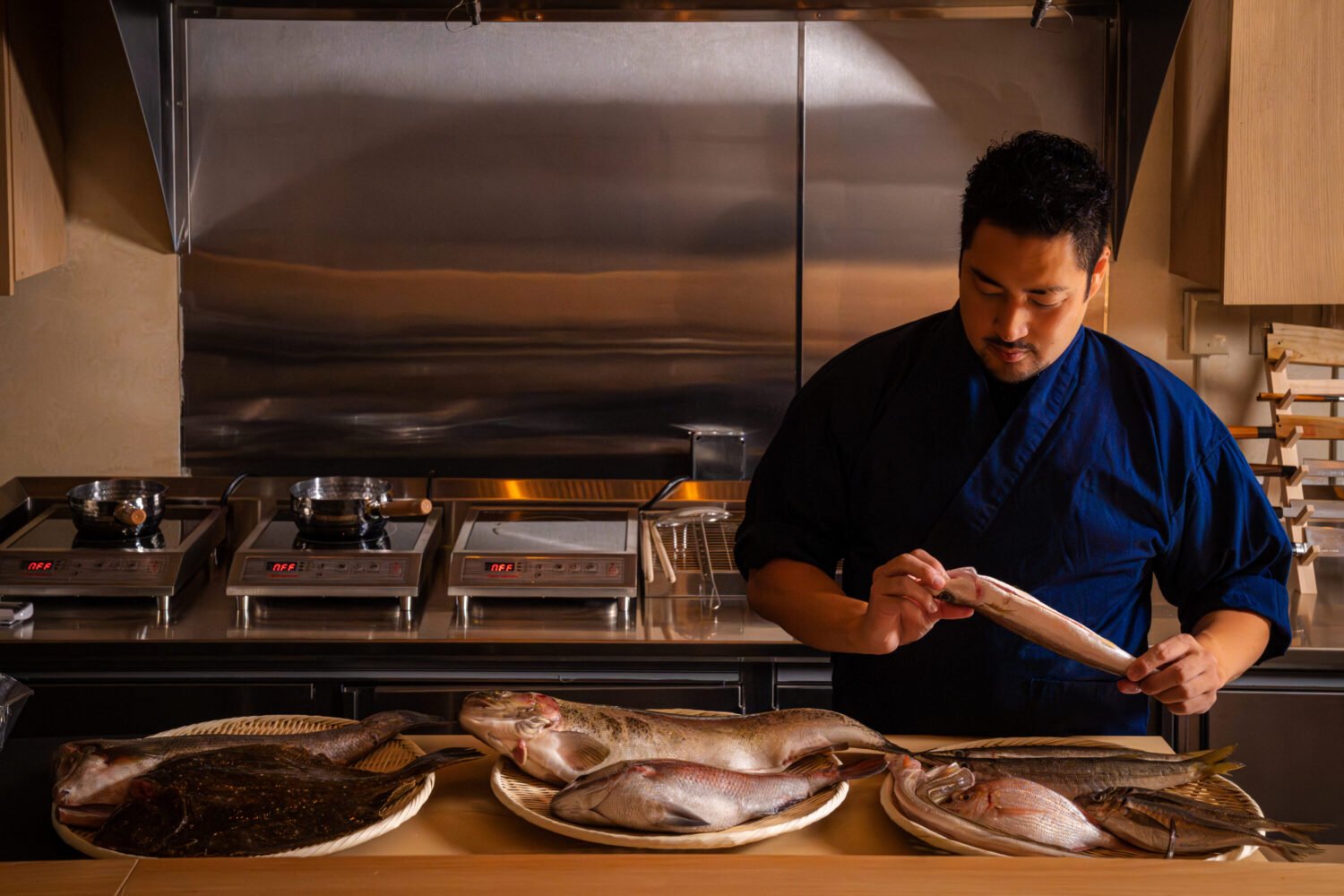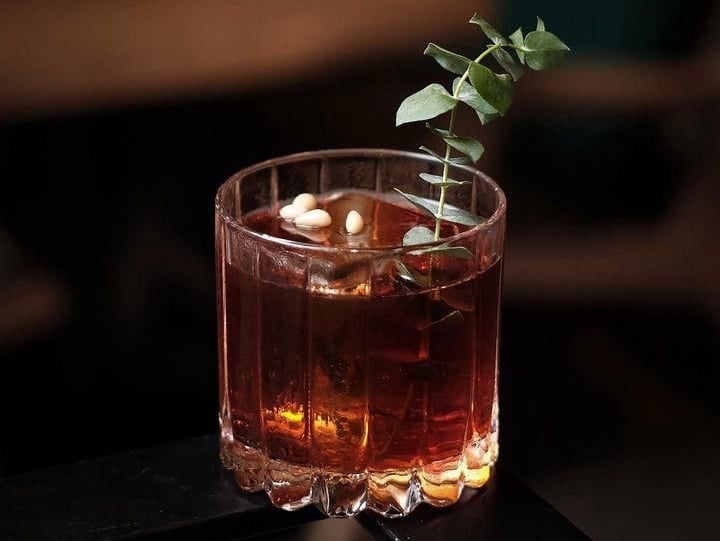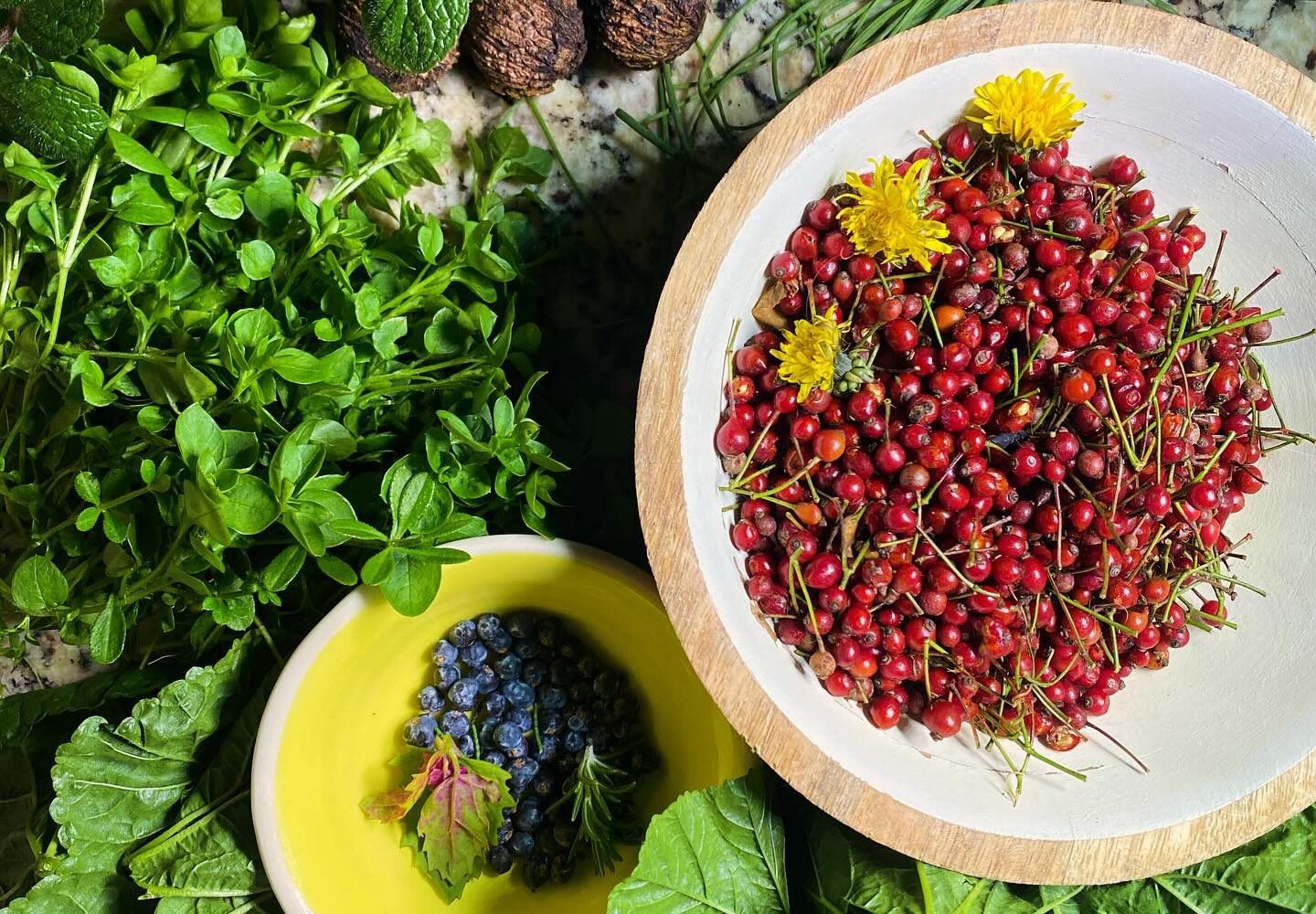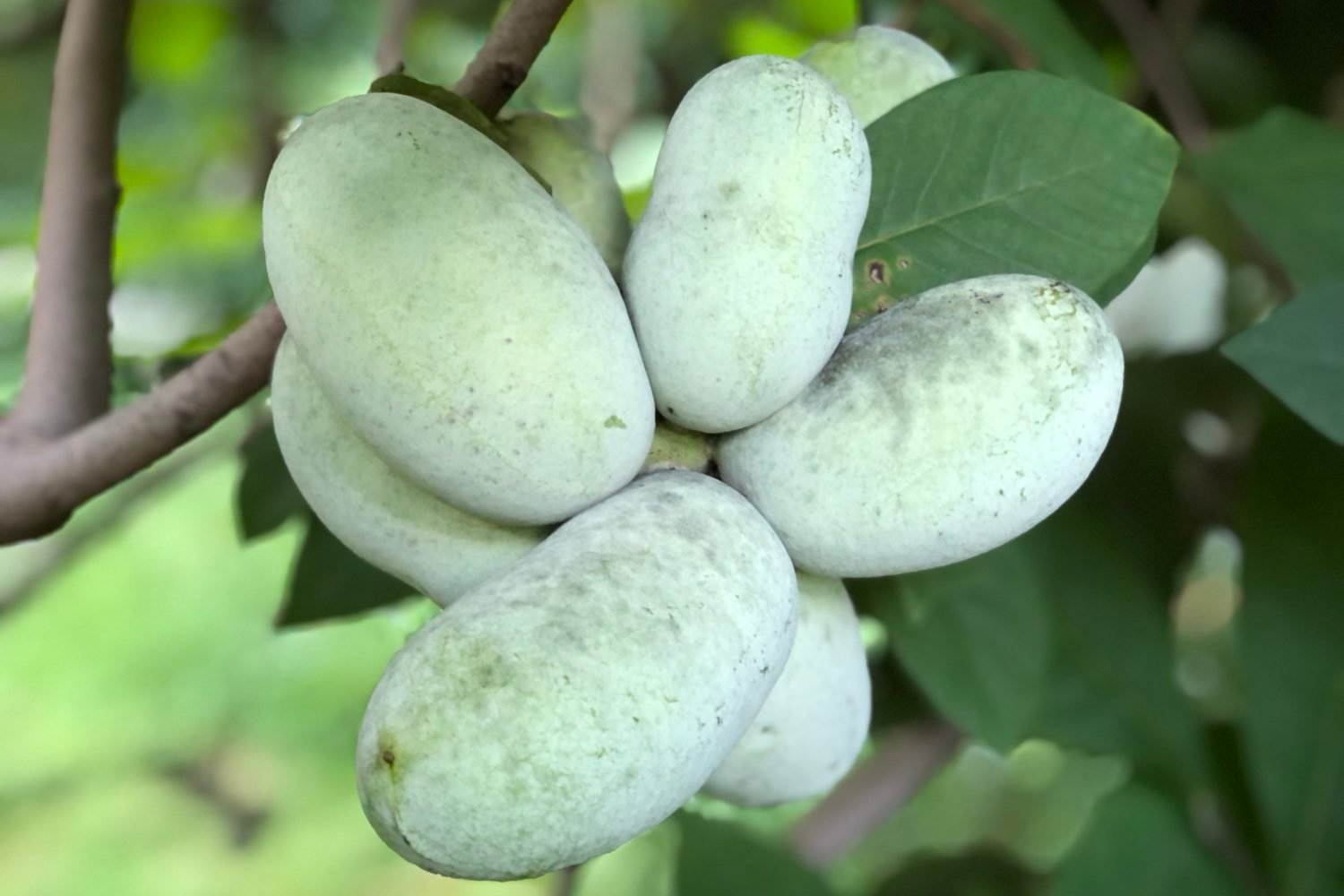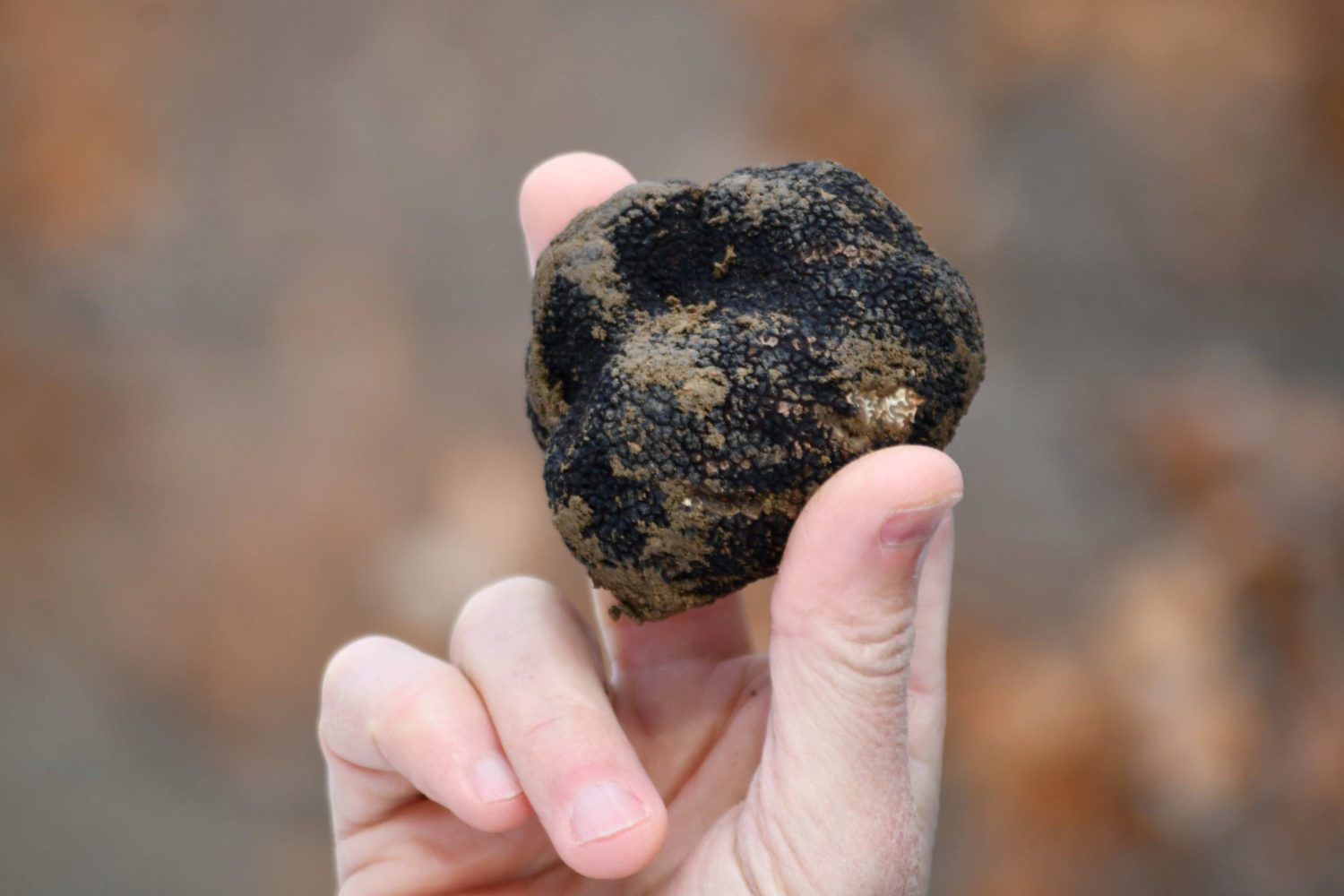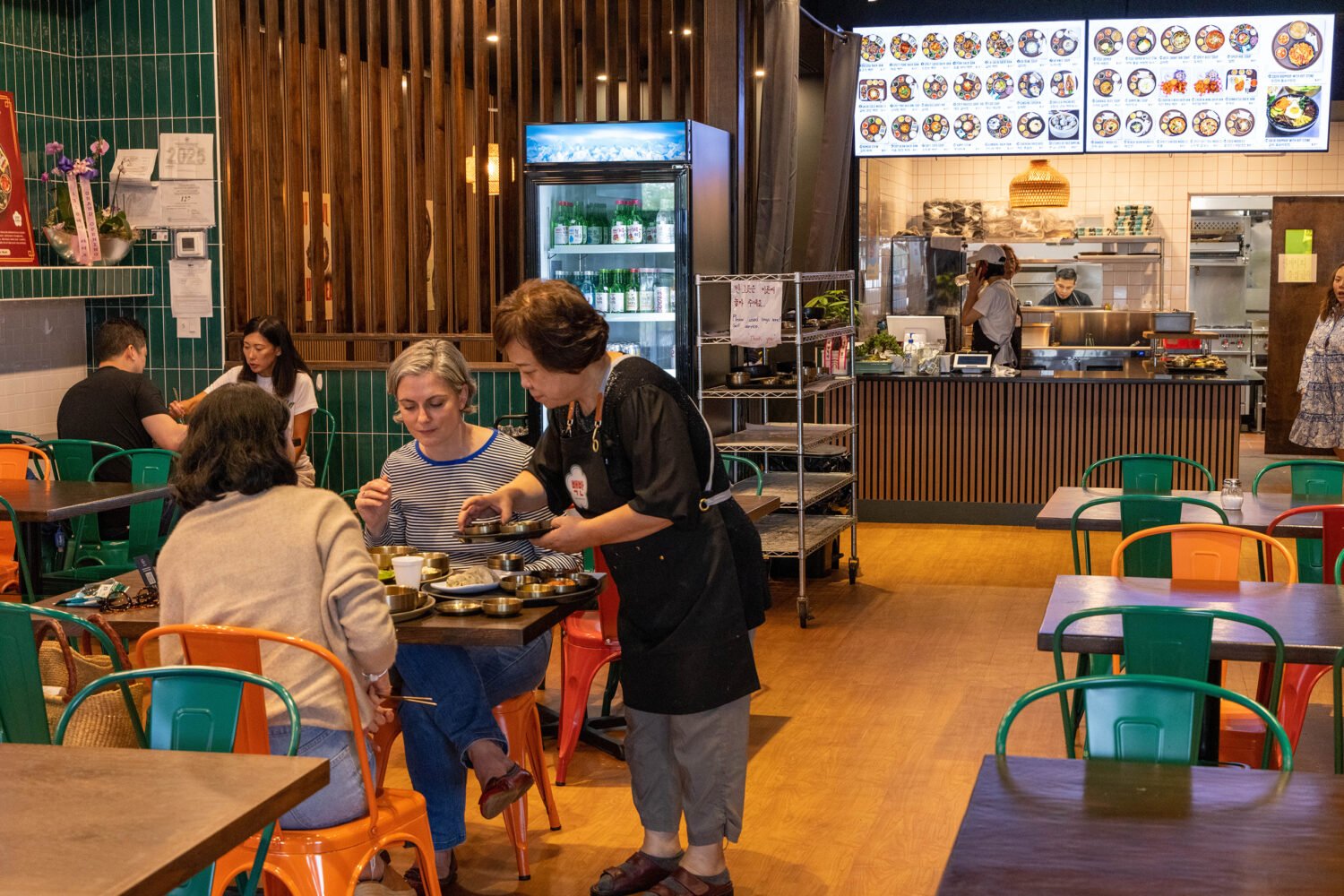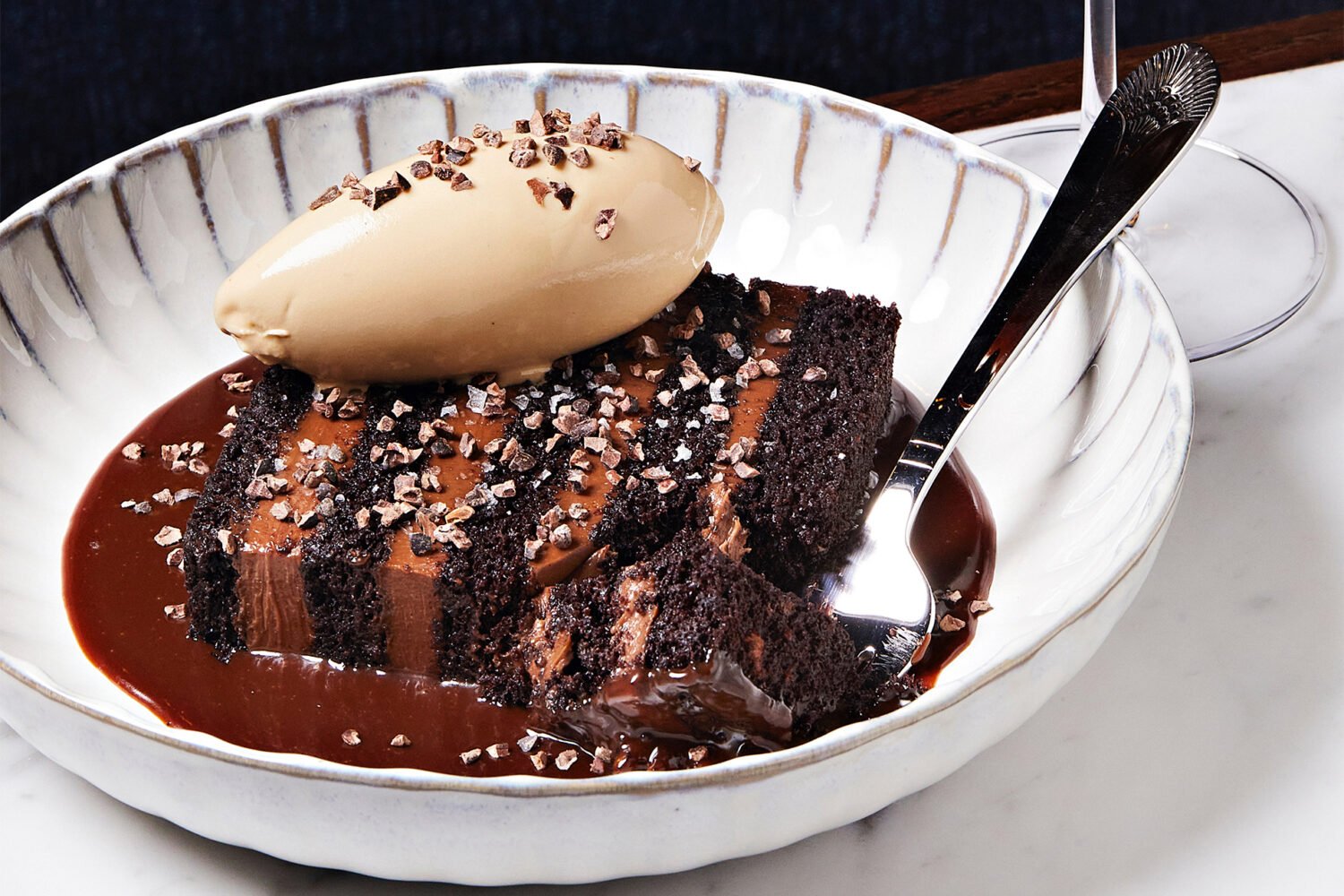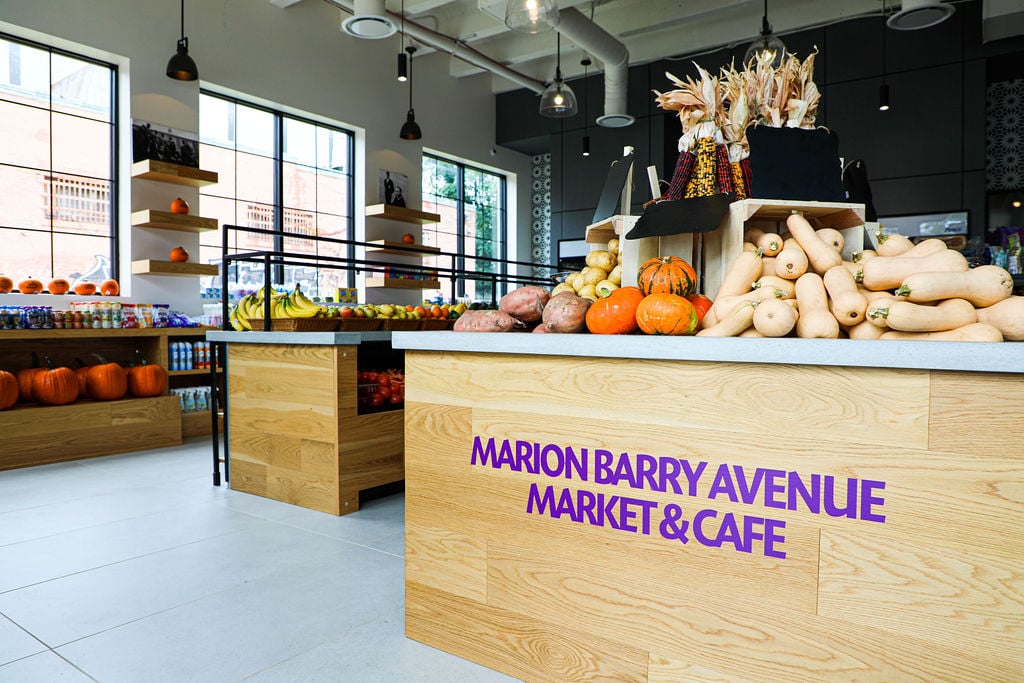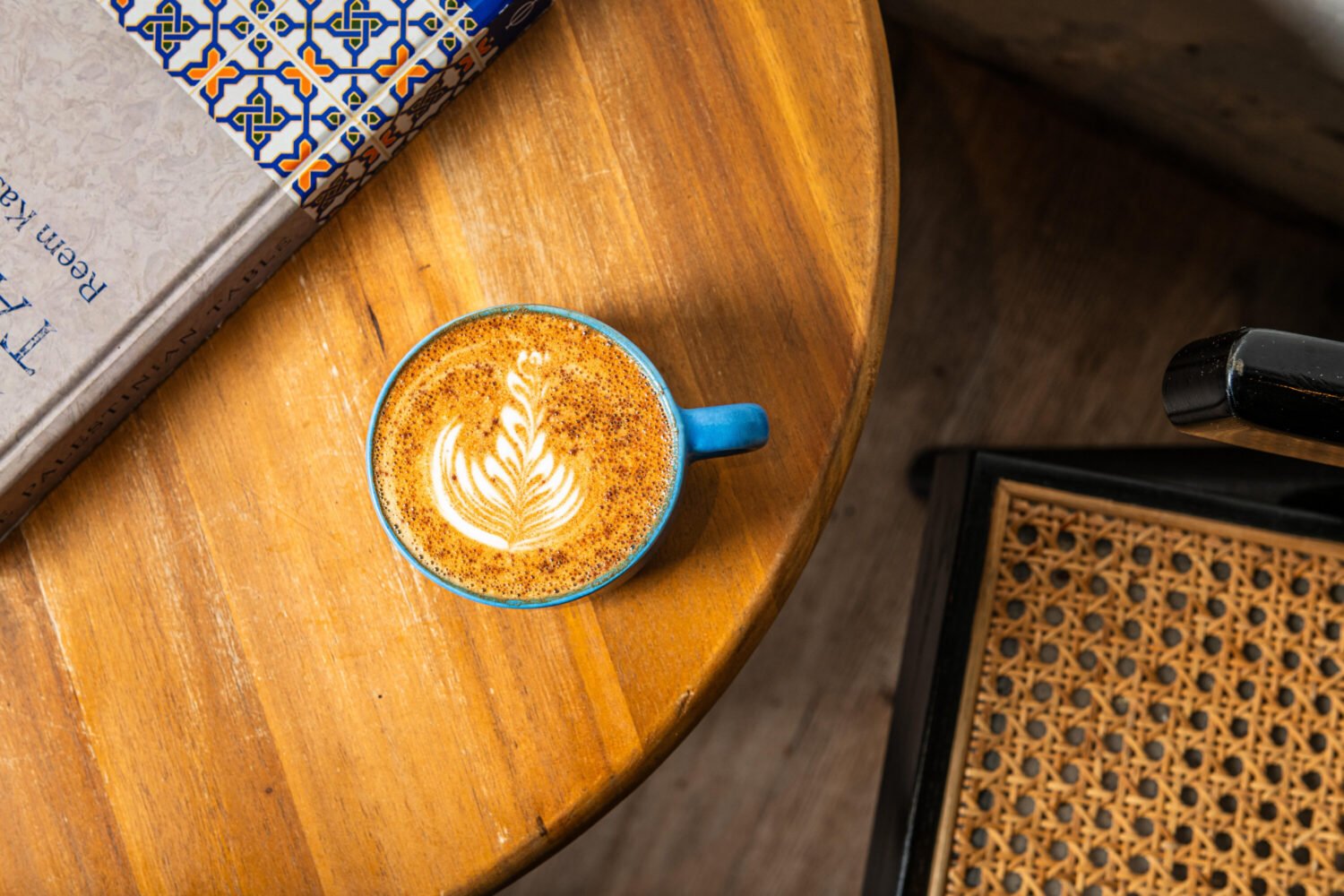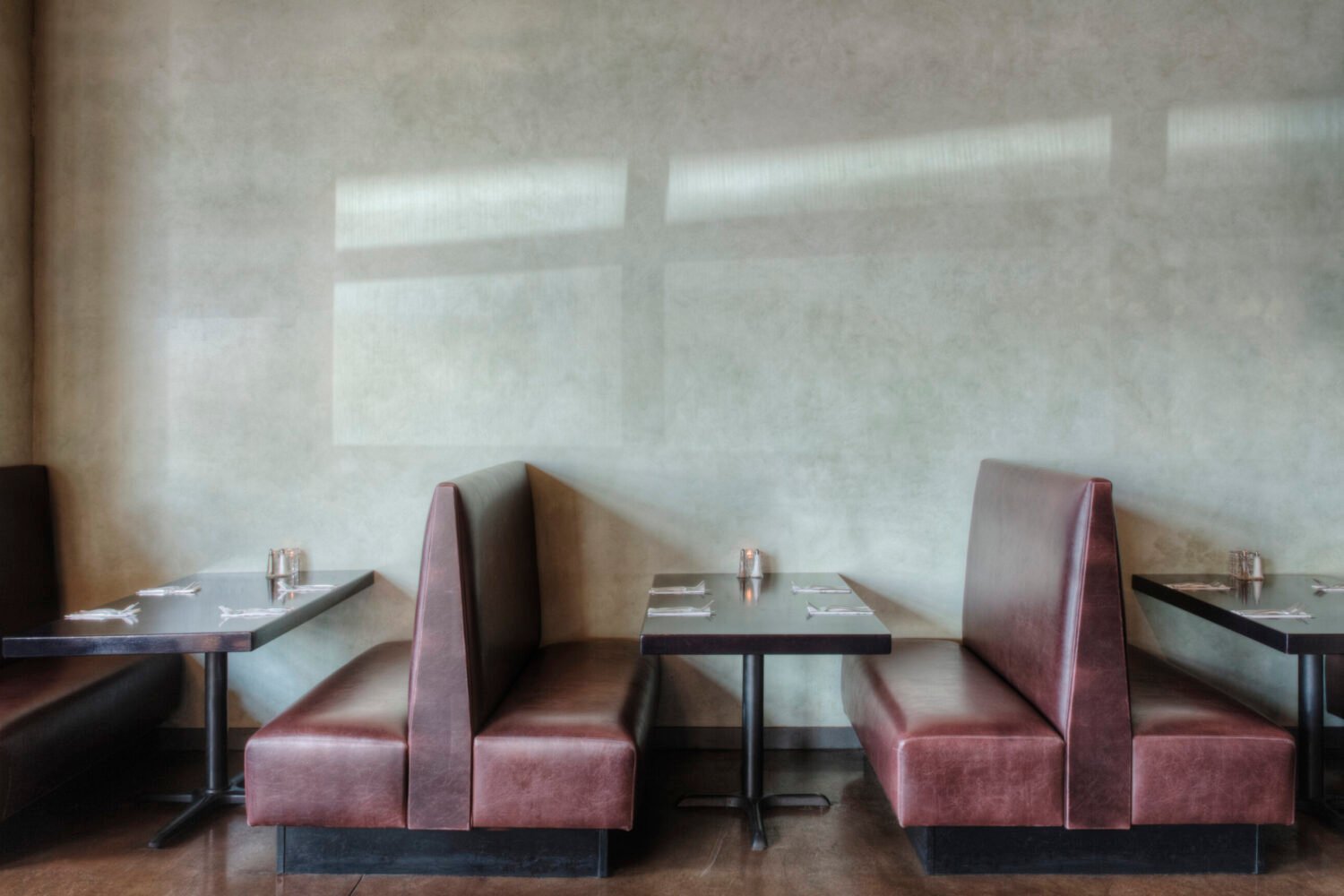Sean Rowe is just as comfortable talking about the brilliance of the Beatles as he is about the wonders of wild hackberries. Blessed with a rootsy baritone, the 49-year-old singer-songwriter—he has five studio albums and another on the way next year—is also a professional forager. Rowe, who lives in New York’s Hudson Valley, divides his time between performing onstage (he’ll play Northeast DC’s Pie Shop on October 19), hunting for wild food, and traveling around the country teaching foraging workshops, including here in the Mid-Atlantic.
His journey began as a teen when he happened upon a copy of Tom Brown’s Field Guide to Living With the Earth. “I read it cover to cover,” remembers Rowe. “It was all this stuff I wanted to learn: foraging, building shelters, making fire without modern tools.”
He went on to take classes with Brown at his survival school in New Jersey, and foraging became not just a skill but an instinct. “I do it automatically,” Rowe says. “Anytime I’m outside, I’m looking at what could possibly be food.”
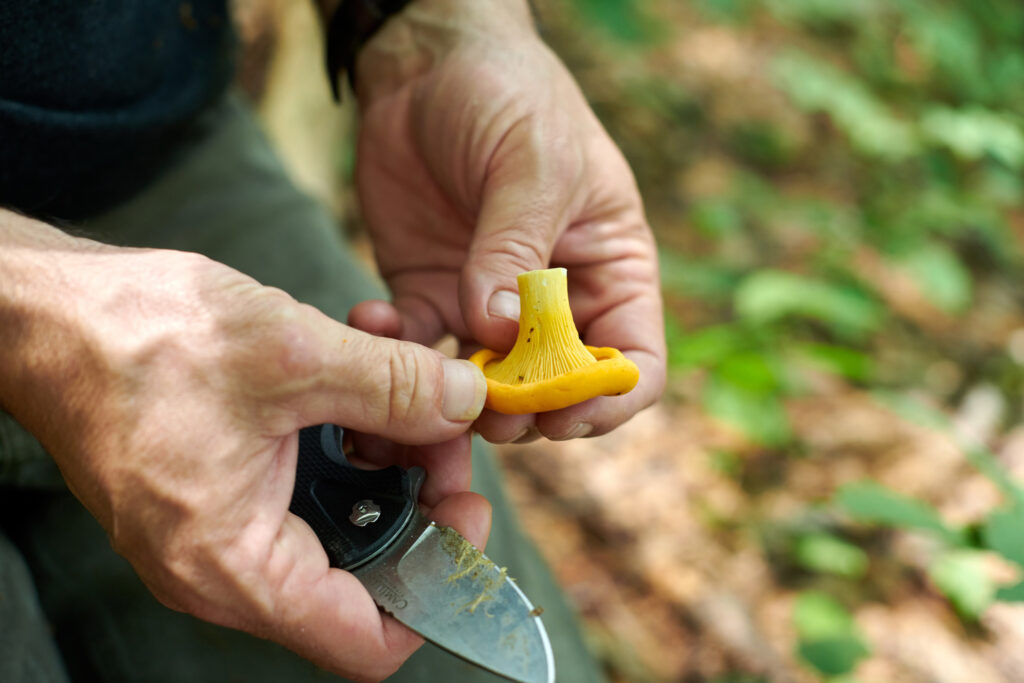
His workshops take participants into the field to learn identification techniques, harvest nature’s bounty, and taste their finds—and some experiences end with a foraged feast and a musical performance. (Prices vary depending on group size, location, and scope, but they start at a few hundred dollars.)
When he’s on forays in the Chesapeake Bay watershed, Rowe relishes looking for native pawpaws, which taste like a cross between a mango and a banana. He also enjoys looking for the potentially poisonous mayapple, a rare yellow fruit with a flavor evoking pineapple and Starburst candies. They’re ripe for only a narrow window of time—pick them out of season and they’re toxic.
While leading a weekend retreat near Charlottesville, Rowe introduced a group of newbies to the wonders of common milkweed, which is edible from root to pod, plus nutty amaranth seeds and homemade black-birch tea. “People were surprised how good these ingredients taste,” he says. “We’re talking high-end restaurant quality.”
To book a foraging trip, click here.
This article appears in the October 2024 issue of Washingtonian.

